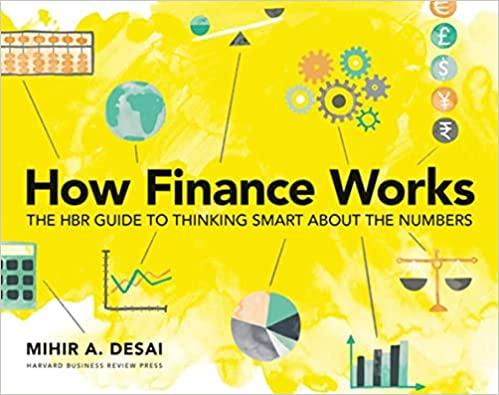3. N-AT&T, a telecommunication company, is evaluating its capital structure. The balance sheet of the company is as follows (in millions of $): Assets Liabilities Current Assets 1,000 Debt 2.500 Non-current Assets 4,000 Equity 2.500 In addition, you are provided the following Information: The debt is in the form of long-term bonds, with a coupon rate of 10%. The bonds are currently rated AA and are selling at a yield of 12% (The market value of the bonds is 80% of the face value). The firm currently has 50 million shares outstanding, and the current market price is $80 per share. The firm pays a dividend of $4 per share and has a price/eaming ratio of 10. The stock currently has a beta of 1.2. The risk free rate is 8%. The tax rate for this firm is 40%. (a) Calculate the firm's after-tax cost of debt, the firm's cost of equity and the firm's current cost of capital? (25 Marks) (b) N-AT&T is considering a major change in its capital structure. It has three options: Option : Issue $1 billion in new stock and repurchase half of its outstanding debt. This will make it an AAA rated firm (AAA rated debt is yielding 11% in the marketplace). Option 2: Issue $1 billion in new debt and buy back stock. This will drop its rating to A. (A rated debt is yielding 13% in the marketplace). Option 3: Issue $3 billion in new debt and buy back stock. This will drop its rating to CCC (CCC rated debt is yielding 18% in the marketplace). Calculate the cost of equity, after-tax cost of debt and cost of capital of each of the three options? What would happen to (i) the value of the firm; (ii) the value of debt and equity; and (iii) the stock price under each option if you assume rational stockholders? From a cost of capital standpoint, which of the three options would you pick, or would you stay at your current capital structure? Intuitively, why doesn't the higher rating in option 1 translate into a lower cost of capital? (40 Marks) (c) Discuss what role would the variability in N-AT&T's Income play in your decision? (10 Marks) (d) Discuss what additional factors you need to consider if the money under the three options were used to take new Investments (Instead of repurchasing debt or equity)? (25 Marks) 3. N-AT&T, a telecommunication company, is evaluating its capital structure. The balance sheet of the company is as follows (in millions of $): Assets Liabilities Current Assets 1,000 Debt 2.500 Non-current Assets 4,000 Equity 2.500 In addition, you are provided the following Information: The debt is in the form of long-term bonds, with a coupon rate of 10%. The bonds are currently rated AA and are selling at a yield of 12% (The market value of the bonds is 80% of the face value). The firm currently has 50 million shares outstanding, and the current market price is $80 per share. The firm pays a dividend of $4 per share and has a price/eaming ratio of 10. The stock currently has a beta of 1.2. The risk free rate is 8%. The tax rate for this firm is 40%. (a) Calculate the firm's after-tax cost of debt, the firm's cost of equity and the firm's current cost of capital? (25 Marks) (b) N-AT&T is considering a major change in its capital structure. It has three options: Option : Issue $1 billion in new stock and repurchase half of its outstanding debt. This will make it an AAA rated firm (AAA rated debt is yielding 11% in the marketplace). Option 2: Issue $1 billion in new debt and buy back stock. This will drop its rating to A. (A rated debt is yielding 13% in the marketplace). Option 3: Issue $3 billion in new debt and buy back stock. This will drop its rating to CCC (CCC rated debt is yielding 18% in the marketplace). Calculate the cost of equity, after-tax cost of debt and cost of capital of each of the three options? What would happen to (i) the value of the firm; (ii) the value of debt and equity; and (iii) the stock price under each option if you assume rational stockholders? From a cost of capital standpoint, which of the three options would you pick, or would you stay at your current capital structure? Intuitively, why doesn't the higher rating in option 1 translate into a lower cost of capital? (40 Marks) (c) Discuss what role would the variability in N-AT&T's Income play in your decision? (10 Marks) (d) Discuss what additional factors you need to consider if the money under the three options were used to take new Investments (Instead of repurchasing debt or equity)? (25 Marks)







